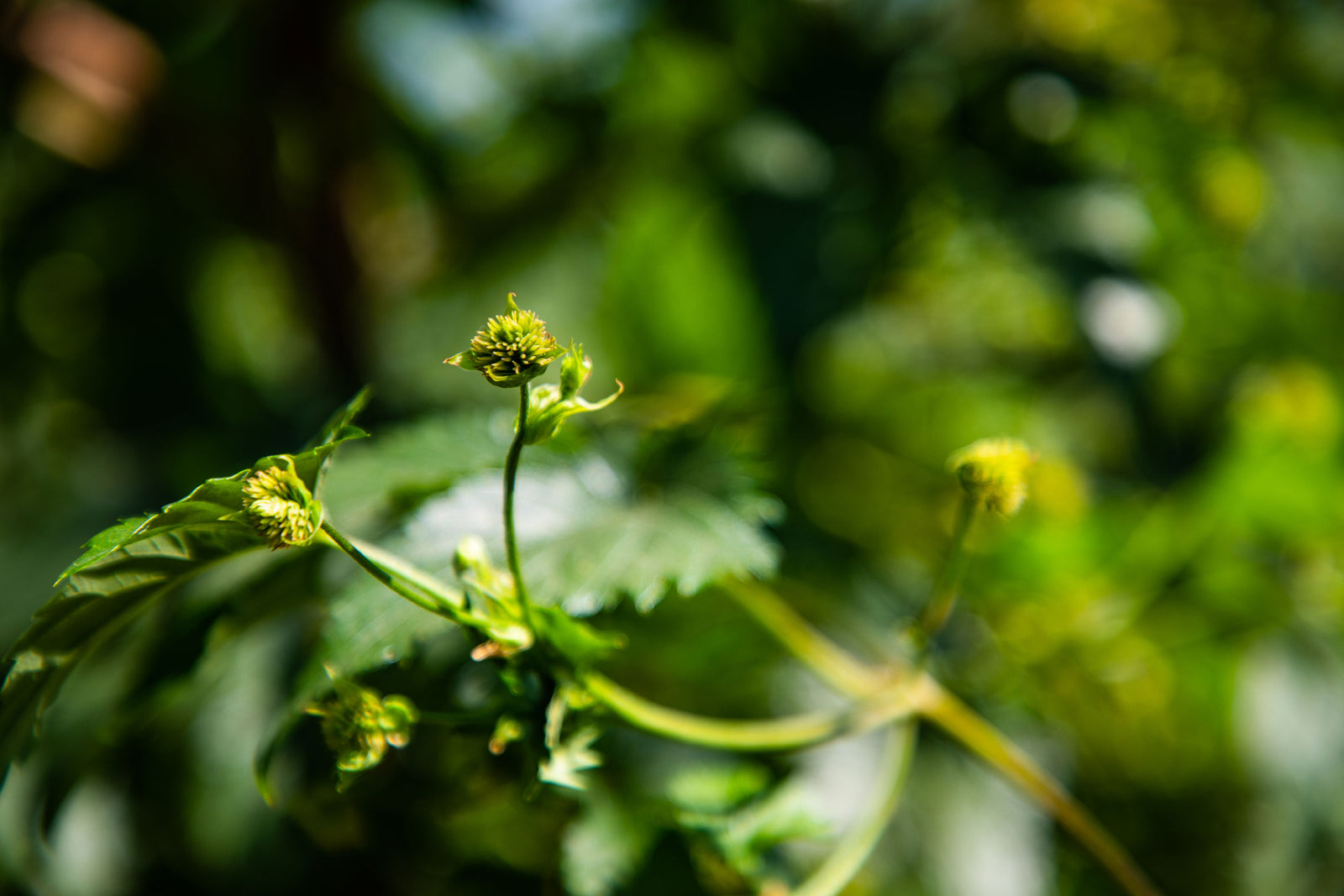When it comes to the arts and science of growing hops, different growers use varying methods to allow their hops to flourish and grow well in their respective climates. We reached out to two different hop growers, one commercial and one homegrown, to get their insight into the nature of growing during the 2020 crop year, and how their hops are performing.
COMMERCIAL
Commercial hop growing is no simple task, and this lifestyle is epitomized well through CLS Farms. Based out of Moxee, WA, Eric Desmarais cultivated CLS Farms, and has been growing and producing hops on a mass scale since 1996. With over 1400 acres of hop fields stretching from Wenas to Toppenish, CLS grows a wide selection of varieties, all with the intent of being sold directly from farm to brewer and has been a strong partner of YVH since the beginning.
Reid Lundgren, the lead hop foreman for CLS, sheds light on what it is like to manage hops on a mass scale. “As far as new rhizomes planted for 2020 goes, we focused on El Dorado®, Sabro™, and Cashmere.” These baby hops were planted all the way back in early weeks of March, as field preparations were completed by the end of February. The new rhizomes were planted in the Toppenish fields, except for Cashmere, which was planted in Moxee. “The slight difference in climate from the Moxee and Toppenish valleys can make all the difference when it comes to a productive crop yield, and we’ve discovered Cashmere grows better here in Moxee than Toppenish” said Lundgren.

Centennial's looking beautiful!
CLS has also began to expand out northwest from Moxee, towards the Wenas valley. “We were one of the first hop farms to expand out towards Wenas, and we’re surprised just how well El Dorado® and the public variety “Triumph” have been performing out there.” This summer, however, has brought some different weather patterns that have contributed to a less ideal growing climate than in previous years. “It’s been an abnormally cool summer. This year we got a kind of mild spring, and so the weight was in June. Most big heat units didn’t arrive until July,” said Lundgren. While this reduced heat has not made a massive dent in the hops ability to grow, it will still make a significant impact in the crop yield for this year. Comparing the months of June and July from 2018 to 2020, the impact is visible. In 2018, the average temperatures were 66° and 77° respectively, versus only 68° and 73° in 2020.

Some healthy El Dorado® leaves.
Lundgren is not too concerned about the late heat though, as he believes harvest should go relatively smoothly. “We plan to start around the 19th or 20th of August, starting with Centennial and Sabro™ varieties, bounce back and forth with Citra™ and El Dorado®, with Zappa™ and other Neomexicanus towards the end.” To cap this year’s harvest, they plan on harvesting the babies that were planted in March. As far as baby hops go, they tend to rely on high amounts of heat early on to perform well during their first years. Therefore, Lundgren believes it will be an average to slightly above average yield for the babies. “Babies can tend to be a bit more muted on their aroma, so we would generally let them hang a bit longer to get the aroma profile a bit more intense, because with the babies they can be subdued. Maybe five days to a week later.”
HOMEGROWN
On the homegrown aspect of hop growing, Rob Carver shows great passion. Rob is based out of Shoreline, WA, works for Boeing, and loves to spend his free time with family and friends, as well as his hops. A longtime customer of YVH, Rob has planted seven different varieties of hops along the south side of his home, and they serve as an excellent example of how home-growing can be extremely rewarding. Consisting of a grand total of 46 rhizomes planted with two per mound, he has quite a serious setup! Featuring Cascade, Cashmere, Centennial, Chinook, Columbus, Crystal, and Willamette, all were planted in 2015 with the exception of Cashmere, which was planted last year. His operation consists of twine staked to ground and tied off to a steel ring, that is attached to paracord and strung through a pulley attached to a facia board, then run down to a cleat for easy harvesting.


Growing hops is not an easy process however, as with any sort of farming related endeavor. Rob’s biggest problem year in and year out is aphids, as they are insects responsible for sucking the sap from plants, and hops are no exception. Aphids possess the ability to reproduce rapidly, sometimes even without mating, so dealing with them is not a simple task. Considering Rob strives for a 100% organic hop-garden, he has dealt with aphids by releasing over 3,000 ladybugs, which return every year to his garden to continue to feed on the aphids and lay more eggs.
The key to a profitable hop growing operation, is frequent maintenance and strong soil for them to grow in. Besides the introduction of ladybugs, Rob places bat guano in each hop mound during the months of May and early July, in order to give his soil a natural boost in nutrients. During late June and early July, he is sure to water each of them twice a day, keeping the plants well saturated. All of his hops are looking excellent and beginning to bud, therefore Rob believes they should be ready for harvest come end of August/early September.

Rob's 'quality control officers' sampling the aroma of his finished product!
Happy growing and brewing to all!
Additional resources:

